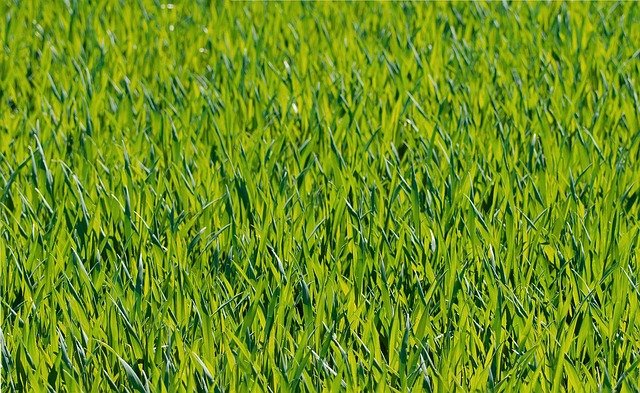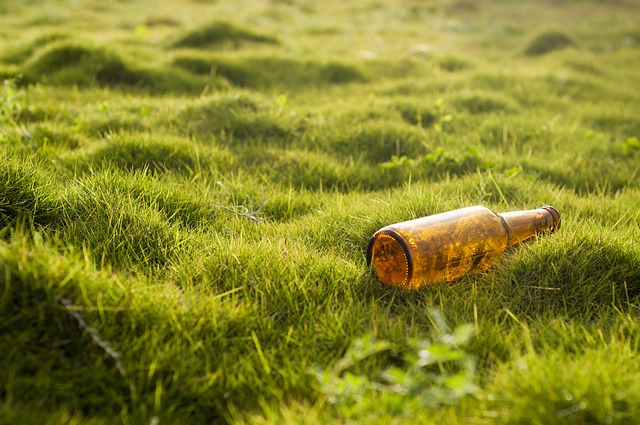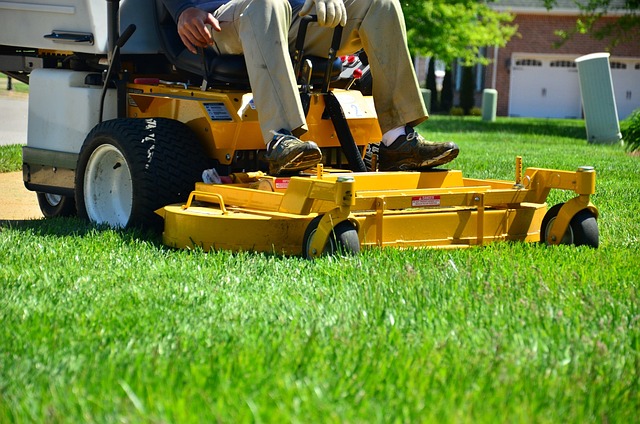Drought stress severely impacts lawns and vegetation in Water Ridge, necessitating a multi-pronged strategy. Herbicide application plays a key role by reducing competition from invasive plants, allowing lawns to recover and conserving water in right-of-way areas. In drought-prone Wheat Ridge, managing urban vegetation is crucial for water conservation and ecosystem support. Targeted herbicide use selectively controls unwanted plants, enhancing turfgrass health and reducing irrigation needs. This responsible approach contributes to the aesthetic appeal while promoting efficient water use and biodiversity. Long-term drought resilience requires tailored irrigation systems and regular monitoring of right-of-way vegetation management through herbicide application in Wheat Ridge.
Lawn plants, particularly in urban areas like Wheat Ridge, face increasing drought stress due to climate change and water scarcity. This article explores effective solutions to combat this challenge. We delve into understanding drought stress in lawns and right-of-way vegetation, highlighting the crucial role of herbicide application in mitigation. Additionally, we present sustainable strategies for enhancing long-term drought resilience, ensuring Wheat Ridge’s outdoor spaces thrive despite arid conditions. Discover how these methods can transform urban landscapes, making them more resilient to future droughts.
- Understanding Drought Stress in Lawns and Right-of-Way Vegetation
- The Role of Herbicide Application in Mitigating Drought Stress
- Effective Strategies for Long-Term Drought Resilience in Wheat Ridge's Outdoor Spaces
Understanding Drought Stress in Lawns and Right-of-Way Vegetation

Drought stress is a significant challenge for lawns and right-of-way vegetation, especially in areas like Wheat Ridge where water resources are limited. When plants experience prolonged periods of reduced water availability, they enter a state of stress, which can lead to visible symptoms such as wilting, browning, and thinning. Understanding drought stress involves recognizing the physical and physiological changes that occur in plants under these conditions. The roots, being the vital organ for water absorption, may shrink and become less efficient, while the leaves adjust their shape and size to minimize water loss.
Effective management of drought stress in Wheat Ridge requires a multi-faceted approach, with herbicide application playing a crucial role in controlling unwanted vegetation. Targeted herbicide treatments can help reduce competition for water and nutrients from invasive plants, allowing stressed lawns to recover. For right-of-way areas, carefully selected herbicides can be applied to manage dense vegetation, ensuring better water penetration and reducing overall water requirements. This strategy not only conserves precious water resources but also promotes healthier, more resilient lawns and landscapes.
The Role of Herbicide Application in Mitigating Drought Stress

In times of drought, managing vegetation in urban areas becomes critical to conserve water resources and reduce stress on local ecosystems. Herbicide application is a strategic tool that can play a significant role in mitigating drought stress for right-of-way vegetation in Wheat Ridge and similar municipalities. By selectively targeting specific plants, herbicides enable the control of unwanted species that compete with native grasses and wildflowers for precious water and nutrients. This targeted approach allows for healthier, more resilient turfgrasses to thrive, thereby enhancing the overall resilience of urban landscapes against drought conditions.
When used responsibly and according to local regulations, herbicides can significantly reduce the need for frequent irrigation, thereby minimizing water consumption. In Wheat Ridge, where water scarcity may be a recurring concern, proper herbicide application strategies can help maintain the aesthetic appeal of public spaces while ensuring efficient use of water resources. Additionally, by eliminating invasive plant species, which often have deep root systems that deplete soil moisture, herbicides contribute to the overall health and biodiversity of local ecosystems, making them more resilient to future drought events.
Effective Strategies for Long-Term Drought Resilience in Wheat Ridge's Outdoor Spaces

In Wheat Ridge, building long-term drought resilience in outdoor spaces requires a multi-faceted approach. One effective strategy is implementing proper irrigation systems tailored to each plant’s water needs. This includes utilizing drip irrigation for trees and shrubs, which conserves water by delivering it directly to plant roots, minimizing evaporation and runoff. Additionally, regular deep watering sessions encourage deeper root growth, making plants more resilient during dry spells.
Beyond irrigation, managing vegetation in right-of-way areas is crucial. Herbicide application plays a significant role in controlling invasive species that compete with native plants for water resources. By selecting eco-friendly herbicides and employing targeted application techniques, Wheat Ridge can promote a healthier, more drought-tolerant ecosystem. Combining these practices with regular monitoring and adjustments ensures the longevity of outdoor spaces amidst changing climate conditions.
In light of the challenges posed by drought stress on lawns and right-of-way vegetation, understanding and implementing effective strategies are crucial. While the article has explored various approaches, from mitigating drought stress to fostering long-term resilience, one key solution stands out: herbicide application for right-of-way vegetation in Wheat Ridge. By utilizing targeted herbicide treatments, communities can significantly enhance their outdoor spaces’ drought tolerance, ensuring lush and sustainable landscapes even under stressful conditions.
